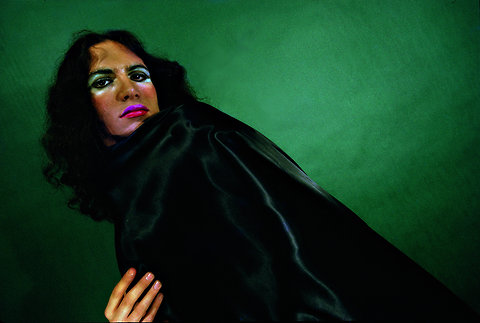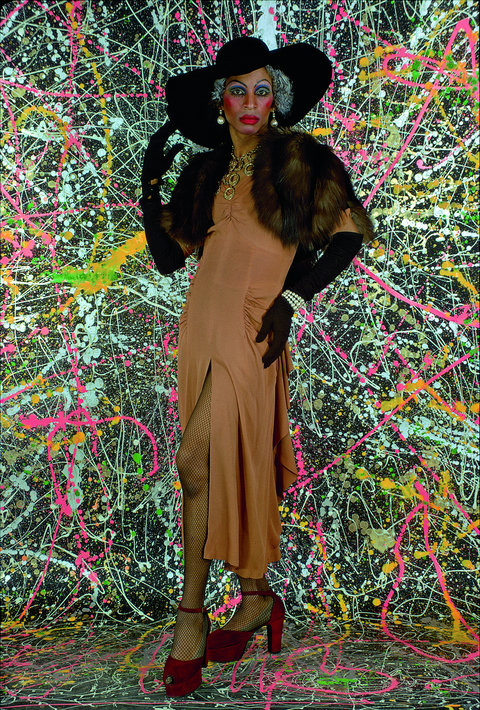

Published August 26, 2011
“Idols” Worship
By AMY KELLNER
This week’s What They Were Thinking column features a photo from “Idols,” the 1973 cult-classic photo book by Gilles Larrain that chronicled the gender-bending New York arts scene in the early ’70s. Long out of print, “Idols” is being reissued next month by powerHouse Books. The reissue has even more photos than the original, and includes more popular musicians, like Nina Hagen and members of the New York Dolls. Everyone looks great.
Here are two bonus “What They Were Thinking” photographs for you, featuring the actor/playwright Harvey Fierstein and the musician/performer Joaquin La Habana.
Harvey Fierstein:

Gilles Larrain
I was really young, maybe 18. I was a middle-class kid from Brooklyn, I went to Pratt and suddenly I was in this art world that I loved. I used to paint doll parts for Louise Nevelson. I’d spend an afternoon sitting in her loft spray-painting doll parts. Those days were very exciting. And as an art student it was all fabulous to me.
In my early drag, it was never about passing as a woman, it was always more of an art piece, a painting on your face as opposed to using the makeup to enhance what’s there.
The black cape was a costume piece from a production of Shakespeare’s “Two Noble Kinsmen” at the Mercer Art Center. Right after we did the production, the Mercer Art Center fell down and The Village Voice claimed that Shakespeare knocked it down having seen my performance. It was not the most special moment, let’s put it that way.
Joaquin La Habana:

Gilles Larrain
I’m from Cuba. In 1971 I went to New York, and I was working with a lot of the people like Andy Warhol and John Vaccaro in experimental theater. We were all mostly actors and dancers, doing musical theater and underground theater.
That was a special time. We all were wearing secondhand clothes and platform shoes, and nobody cared about male/female. We all were cross-dressing and experimenting. Gilles Larrain had the courage to document us. I was going into the whole androgynous thing. Other people got undressed or dressed up with wigs or leather.
He came from a classical way of photographing, and he was aware there was something new happening in New York, and people were going beyond the boundaries of gender and beyond their own boundaries. He captured the pride and the vulnerability from all of us.